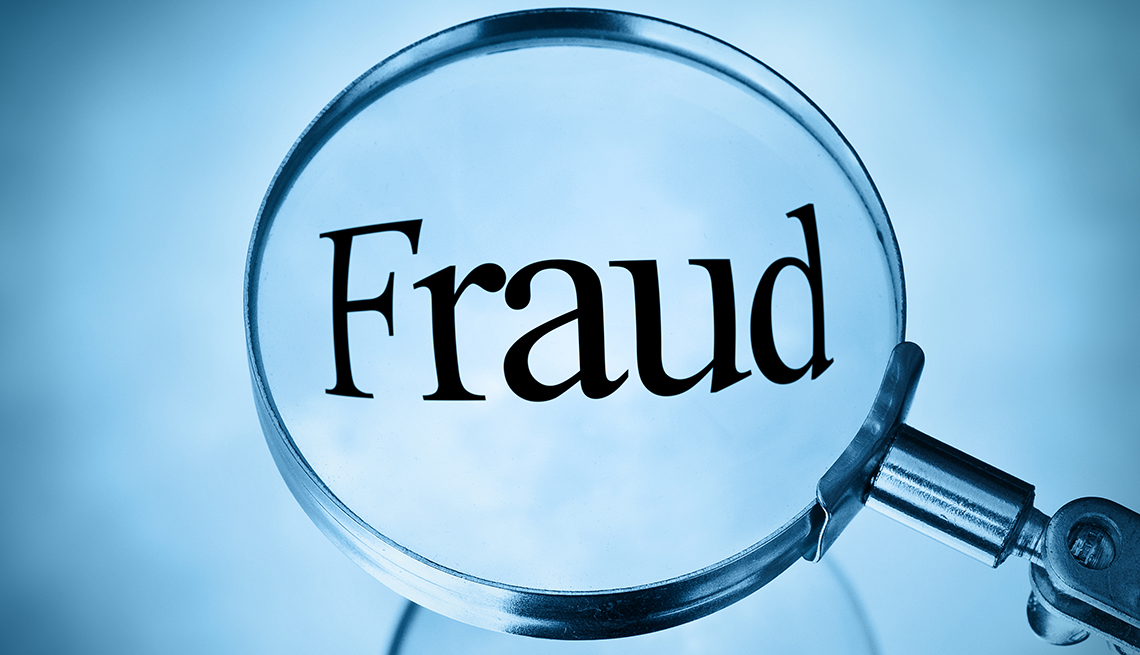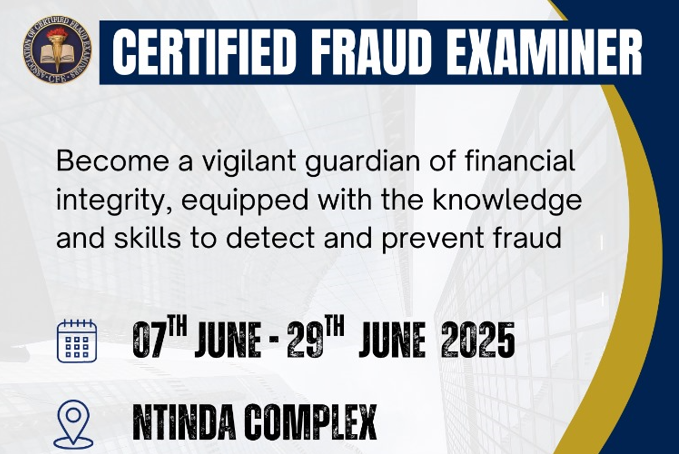The quiet theft that bled a district dry
In March 2024, the Chief Administrative Officer of a western Uganda district noticed an odd spike in “fuel and maintenance” expenses for sub-county motorcycles. What raised eyebrows was simple: most motorcycles hadn’t moved an inch for months, yet the ledgers showed full tanks and frequent repairs.
By April, the CAO escalated the matter to the Internal Auditor, who pulled receipts from the sub-counties. That’s when the case started to stink. The fuel vouchers bore forged signatures. Some mechanics listed had died years ago. The audit report highlighted “possible fraud,” but no further action was taken.
That’s when we were brought in. Our job? Move beyond suspicion. Expose the architecture of theft. And find the culprits.
Everyone was in on it
This was not an isolated fraud. It was a cartel.
The scheme
(i) Ghost motorcycles were listed in the asset register
(ii) Drivers claimed fuel and repair advances
(iii) Funds were disbursed through mobile money accounts of relatives posing as suppliers
The red flags
(i) Fuel logs had identical mileage for weeks
(ii) Mechanics issued repairs on non-existent chassis numbers
(iii) Receipts were printed on the same template from a shop in Rukungiri
The District Engineer approved everything. So did the Internal Auditor—until the scandal broke and he went silent.
The investigation: Following the money and the lies
We began by mapping the money flows.
a) Disbursement trail
We traced UGX 186 million over 13 months, siphoned via mobile money in tranches of UGX 480,000 to UGX 1.2 million. Most went to one number registered to “Mugabe Estates Ltd”—a fake entity linked to a cousin of the sub-county chief.
b) Document forensics and analysis
We ran a document analysis. The receipts had identical font kerning and were printed using the same Epson dot-matrix. The Uganda National Supplier Registration System had no record of the vendors.
c) Interview trap
We set up a quiet sting and called the listed “mechanic” as a potential partner. He arrived in a taxi and admitted he’d been paid UGX 50,000 per signature. We got it on tape with his permission.
The system failed, and we showed how
In total, the district lost UGX 186 million in 13 months. But worse, it exposed a culture of silence and cover-ups. Procurement, audit, accounts, engineering—everyone signed off. And they all blamed “the system.”
We filed a detailed forensic report with the CID, Anti-Corruption Unit, and the IGG. Three arrests have been made so far. The CAO is under pressure to explain the delayed action.
A case in point: the Kyotera Diaries
This is not unique. In Kyotera in 2023, a parish chief claimed 60 boda-boda repairs for motorcycles impounded two years earlier. That case alone cost UGX 43 million. Again, forged invoices. Again, mobile money trails. Again, the internal auditor slept on the job.
The lesson: Red flags are not conclusions. They are starting points.
Most fraud is not hidden. It is ignored. It thrives in silence.
Certified Fraud Examiners are not magicians. We just do what others don’t—follow up, verify, ask who benefits, connect the dots, and then put it in a report so sharp no one can pretend not to see it.
That’s how you turn red flags into arrests.
That’s how you break the culture of impunity.
That’s how you protect public funds from disappearing in plain sight.
And if you don’t, who will? Become a CFE now
The iShield 360






